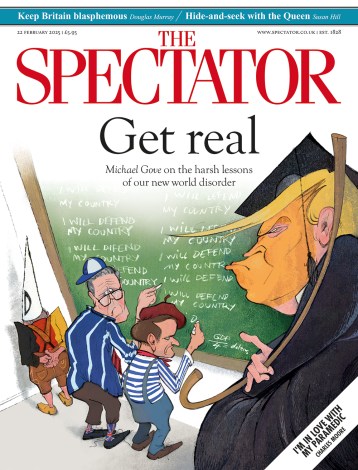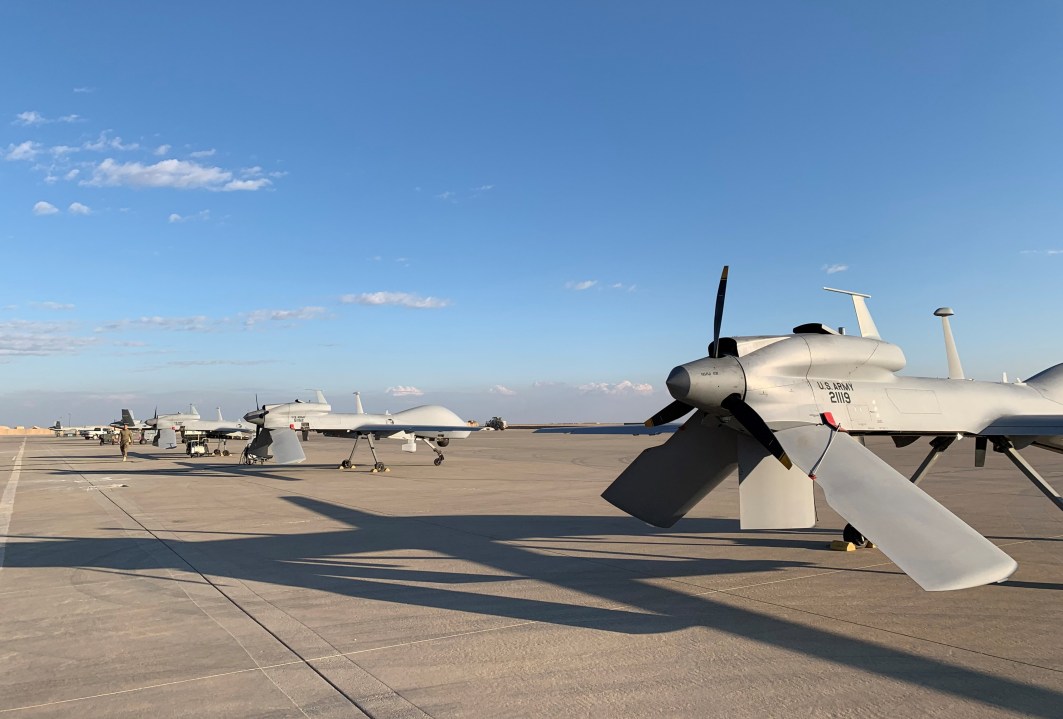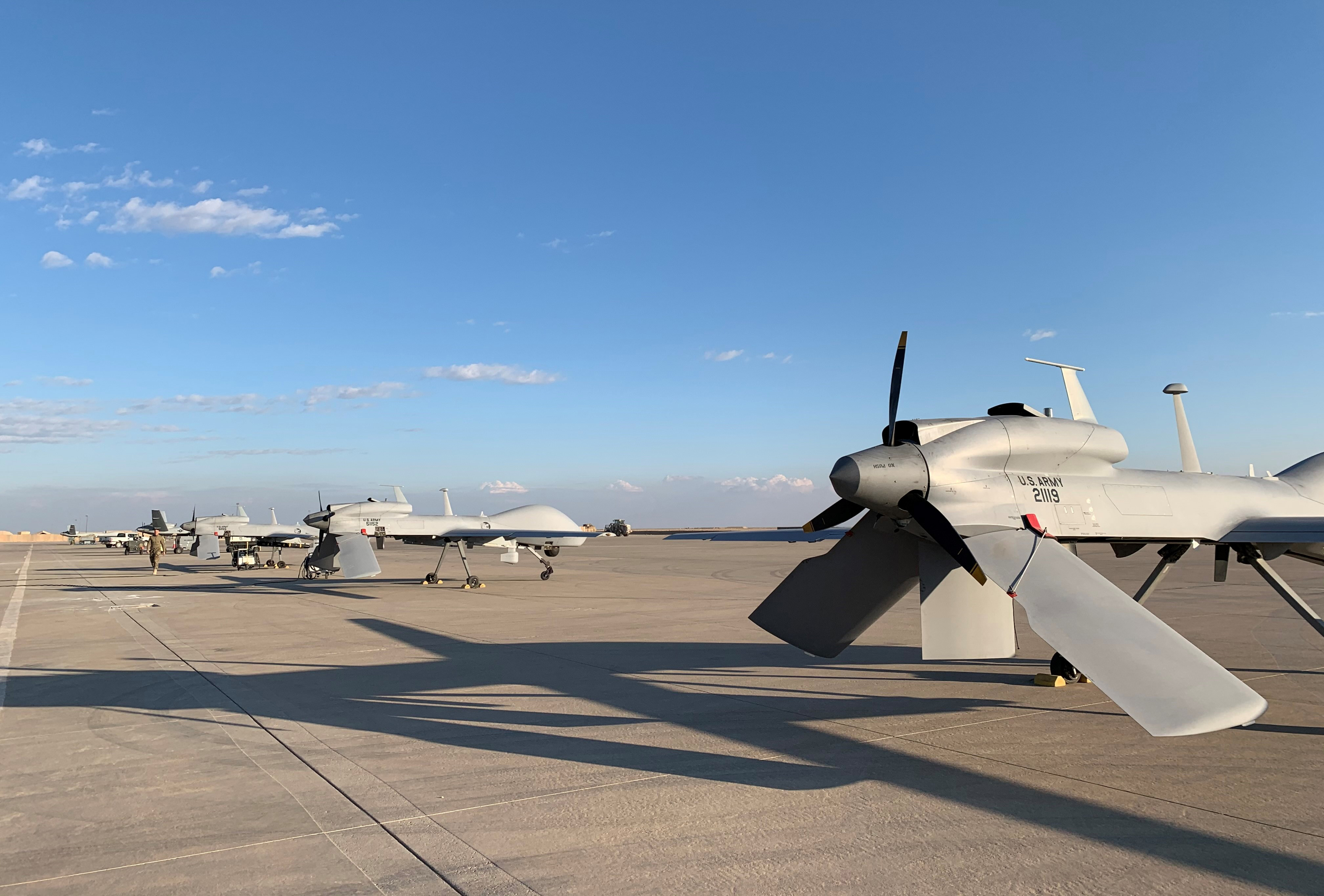The Chauvet-Pont-d’Arc Cave in France contains some of the earliest known Palaeolithic cave paintings, including those of lions, bears, and hyenas. Thought to be the earliest expressions of human fear, it is hard for us to compute today how frightened man once was to live alongside creatures who viewed us as prey.
This primal fear is buried deep within us. It explains our fascination with rare stories of humans being eaten by sharks, crocodiles and big cats. The fear isn’t just about our mortality, but the very thought of us as prey to an unfeeling predator, who doesn’t recognise us as individual thinking humans.
In science fiction, this deep-rooted fear has been widely expressed through the portrayal of artificial intelligence (AI). Whether it’s AI concluding we are no longer required and launching nuclear Armageddon, as in the case of Skynet in the Terminator films, or killer robots driven by a rogue algorithm hunting us down like the cave lions of our past, as seen in I Robot, we have a fascination and fear of being outwitted and hunted by technology.

Get Britain's best politics newsletters
Register to get The Spectator's insight and opinion straight to your inbox. You can then read two free articles each week.
Already a subscriber? Log in







Comments
Join the debate for just $5 for 3 months
Be part of the conversation with other Spectator readers by getting your first three months for $5.
UNLOCK ACCESS Just $5 for 3 monthsAlready a subscriber? Log in